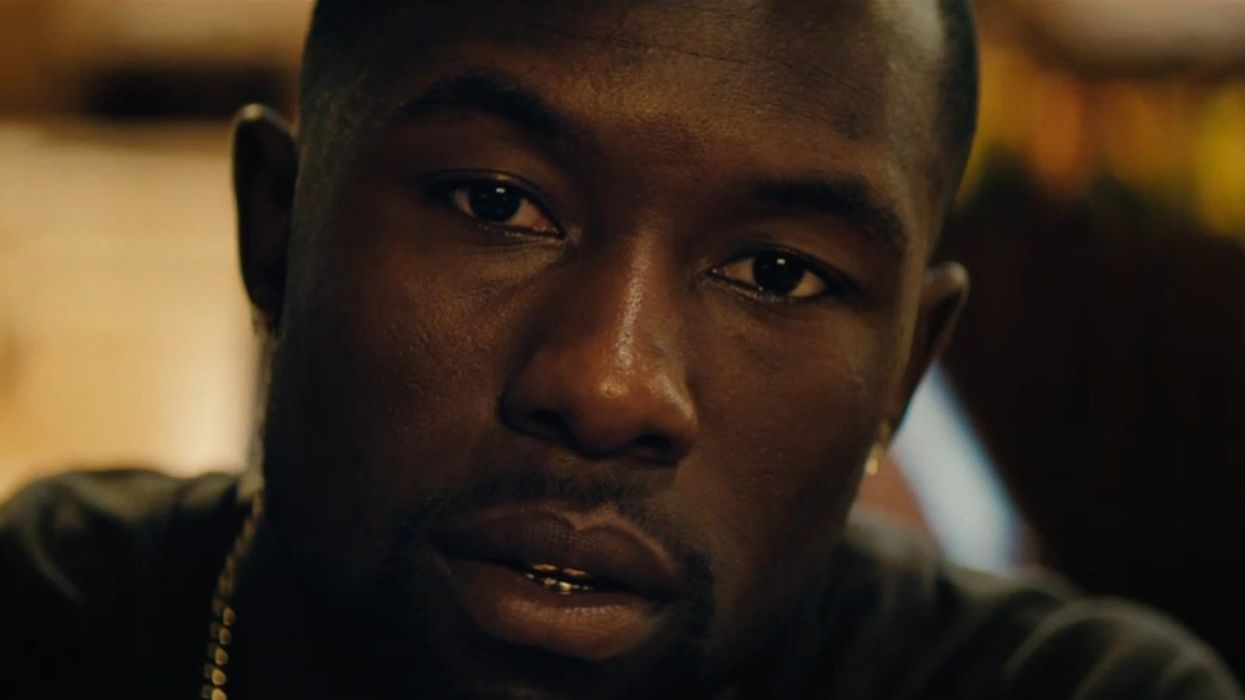Watch: What Kind of Director Was Barry Jenkins Before 'Moonlight'?
Barry Jenkins' talents as a director were very much apparent before he ever made his Oscar-winning film "Moonlight."

Now that Barry Jenkins has an Oscar under his belt, many of those who rallied behind Best Picture winner Moonlight can't wait to see what he has for us in the future. However, Jenkins was an incredibly talented director long before he made the film that made him famous. With much of his cinematic visual style stitched into his previous work, fans and students of film would do well to explore his short films, including Medicine for Melancholy and My Josephine. You can start by checking out this Fandor video essay by Haroon Adalat, which reveals the many stylistic similarities between Moonlight and Jenkins' early work.
As a filmmaker, Jenkins excels at many different things, but perhaps the three most apparent things would be creating mood with color, texture, and details, expressing emotion through non-verbal performance, and using space to communicate. The interesting thing, though, is that Jenkins isn't tied down by style. He employs different color palettes for different films, he ranges between dreamlike editing and straightforward, continuity editing.
So, his desire to create moods and stir up emotion and deliver visual information is based primarily on substance, rather than style. In other words, there is a purpose behind every beautiful frame, every interesting composition, and every jarring edit. His cinematic approach is not just for looks, it's actually to communicate with his audience something that couldn't be expressed otherwise.
Perhaps that's why Moonlight was such a moving film and why, ultimately, it won Best Picture at the Academy Awards; it was all of Jenkins' directorial talents combined and executed to near perfection.
Source: Fandor Keyframe











